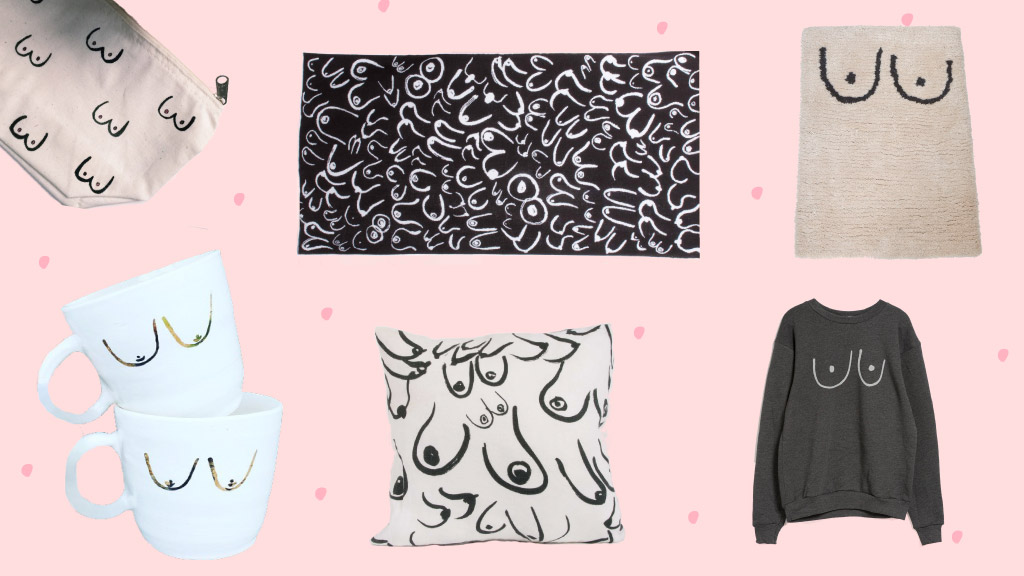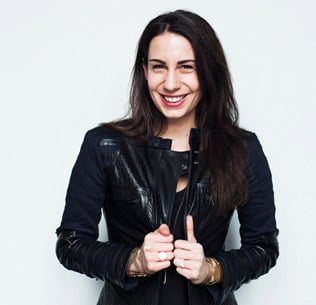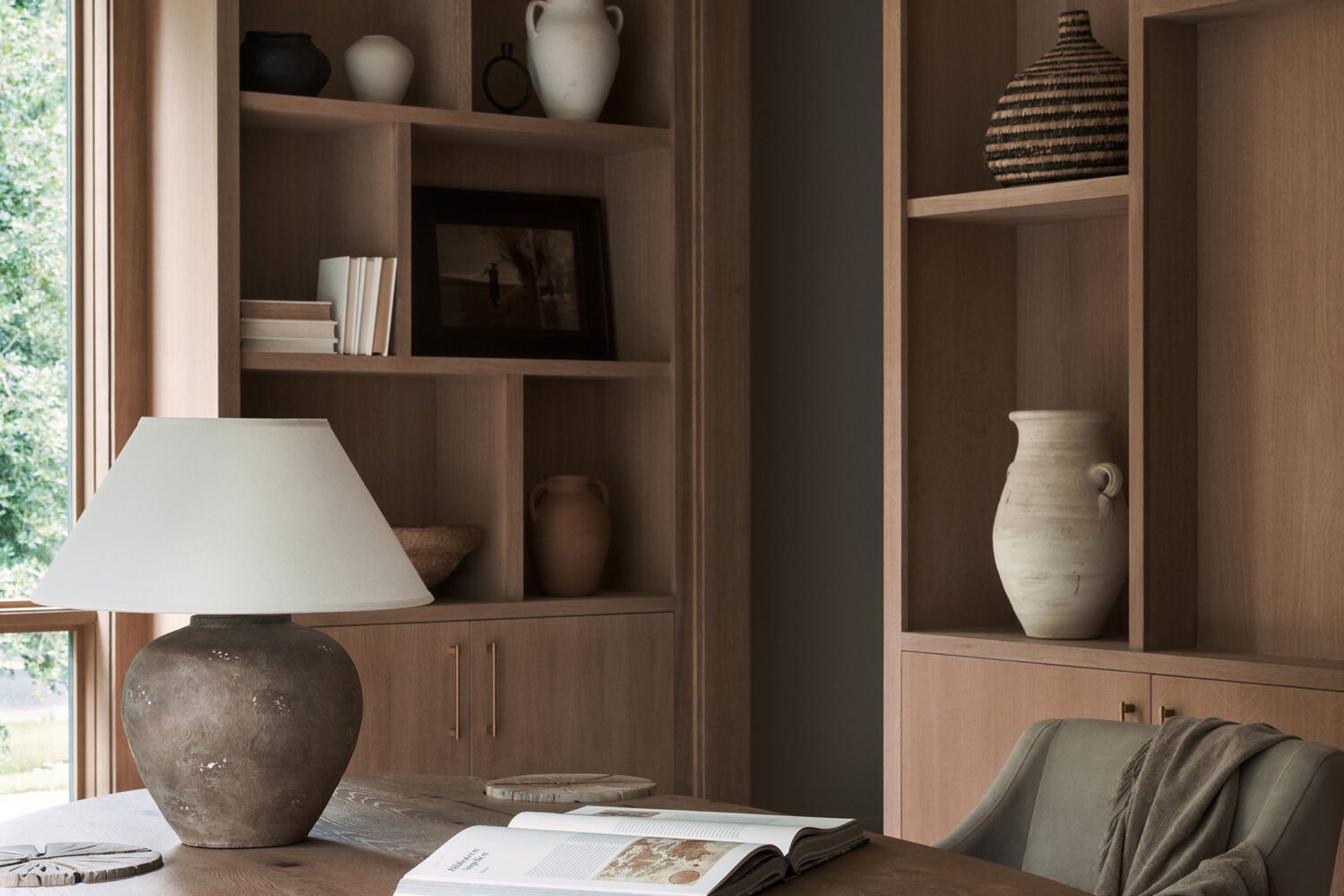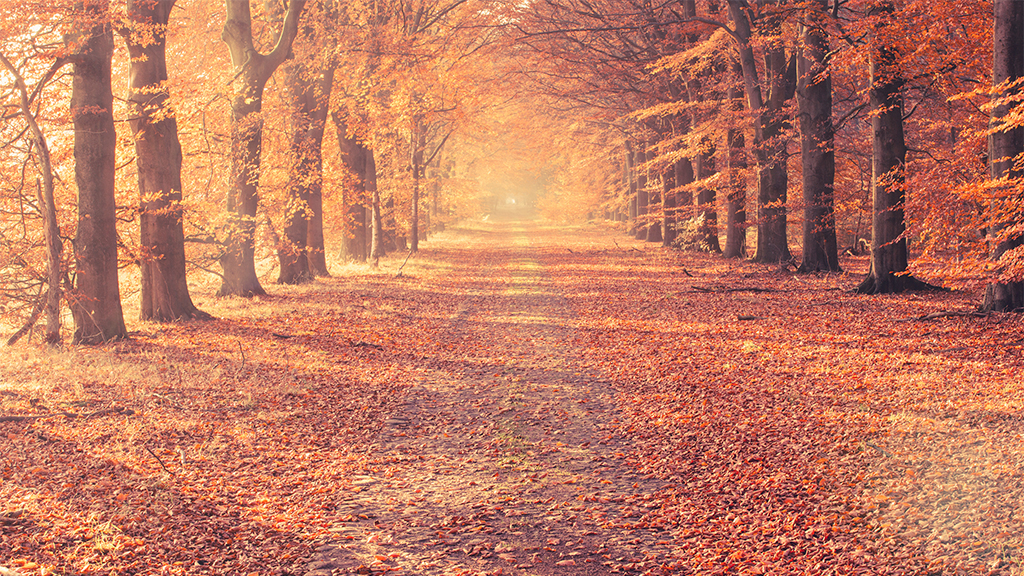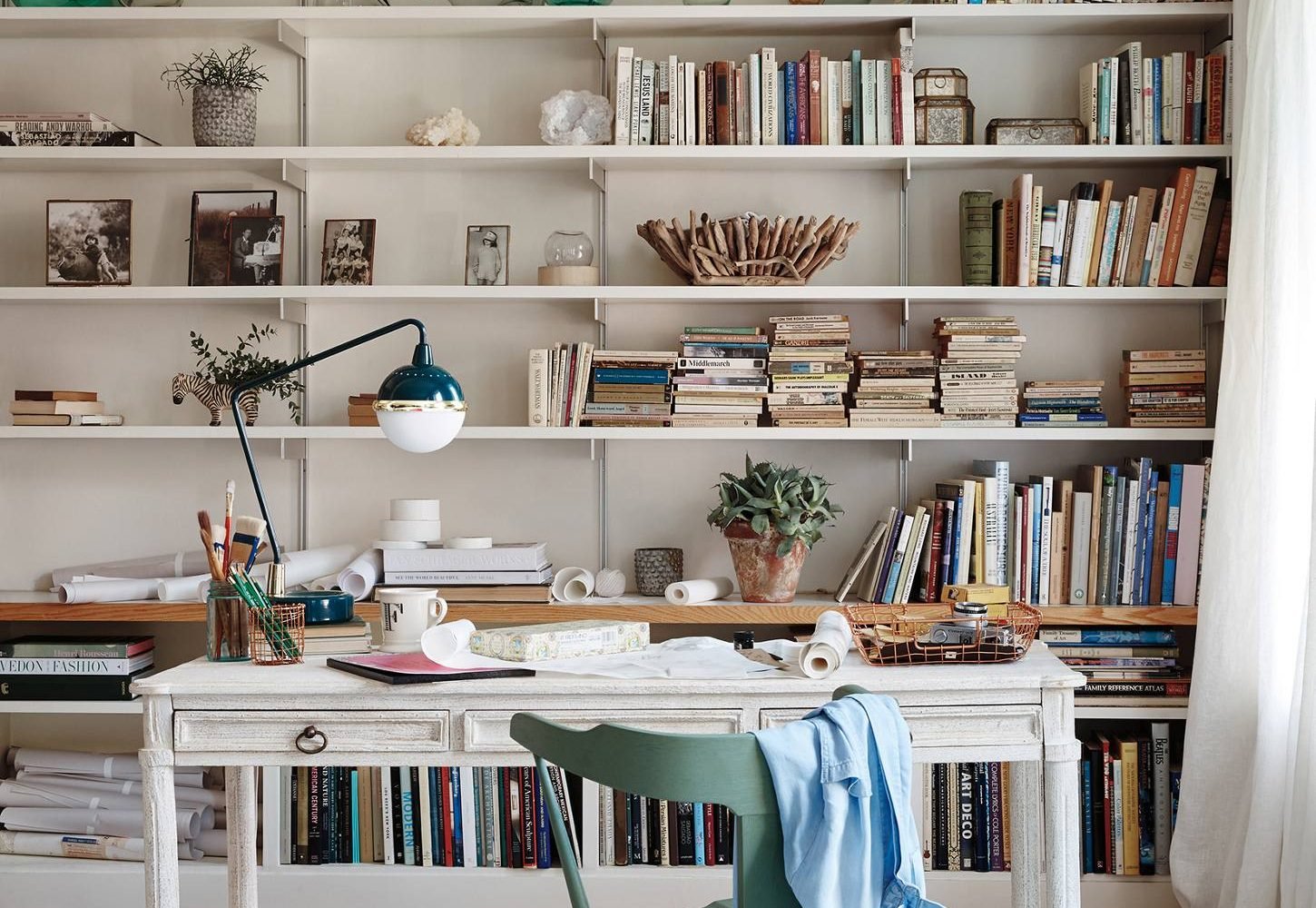Last spring on a trip to Austin, my mother-in-law and I passive-aggressively vied for a mug with boobs drawn on it. Stopping for a latte at Sister Coffee, we had both spotted the adorable handle-less cream mugs with simple half-circle-and-a-dot boobs drawn on them at the same exact moment. The catch? Only one mug remained with the pink boobs; the rest were all drawn in red.
We both wanted pink—they telegraphed perk and vitality in a way the red mugs didn’t—and it was clear from the strained conversation that followed that neither wanted to sacrifice the pink boobs to the other. Finally, in a gesture of goodwill I’ll never forget, my mother-in-law forced a smile and offered me the pink mug. I greedily accepted.
And that was only one of many boob decor sightings in the past year or so. I’ve come across boob shower curtains and boob bath towels, boob pillow covers and boob fridge magnets, boob wrapping paper and boob rugs, boob planters and boob vases. The trend has even hopped over to clothing; I’ve nearly purchased a boob sweatshirt myself, and just yesterday noticed that the New York Times‘ fashion section’s Instagram feed had captured (and garnered over 7,000 likes for) this boob-bedecked dress.
Now, in my quest to find even more boob decor products, I’ve Googled the term so many times I’m pretty much only being served porn ads. Sorry, Washingtonian.
The type of boob popping up in prints and on housewares—and they are decidedly boobs, not breasts, with all the silliness that the term “boobs” implies—is of a particular ilk. There are no fleshy, fully rendered sex symbols here. No cartoonishly bubbly tatas like you might find on one of those beach souvenir t-shirts that are spray painted with a voluptuous lady’s figure. Instead, slightly wonky and askew, they’re often drawn with one thick, crescent brushstroke, followed by a dab for the nipple. The boobs fluctuate wildly in size and shape from champagne coupe-sized perky bits to low-hanging, pendulous mamas. And no pair is a perfect mirror: every set reflects some disparity between the two, with one boob leaning slightly to the left, or another more predominantly upturned. In short, for all its two-dimensionality, the boob print is probably more similar to real breasts than those you’d find in most art-directed, glossy spreads.
Of course, breasts have been a fixture of portraiture and other art forms for hundreds, if not thousands of years—nobody is reinventing the aureola here. Titian’s Renaissance women lounged with their breasts out over 500 years ago, and the phenomenon of capturing those typically hidden assets has certainly never let up in the interim. But right now “breasts are having a moment,” says Florence Williams, the author of Breasts: A Natural and Unnatural History and a visiting scholar at George Washington University, and “what we’re seeing,” she explains, “is more whimsical than sexualized.”
So where exactly did the boob print as we’re seeing it emerge? When Cassie McGettigan, a native Alexandrian and former owner of the Gravel & Gold boutique in San Francisco’s Mission, first produced her take in 2012, she’d “never seen anything like it.” Then living in a “hippie-ish” communal house, McGettigan laughingly explains, “frankly, there was a lot a nudity around me.” Inspired by her housemates’ liberation, McGettigan created a transparent shirt with boobs drawn on it, but quickly realized that a more powerful (and perhaps less controversial) use of the print would be on housewares. She put the print on pillows and sold it at Gravel & Gold, where it quickly took off and developed a cult following.
Today Gravel & Gold (which McGettigan and her partner sold to their employees) has an entire section on its website simply called “Boobs,” where they sell the print on a small variety of items, including bags and t-shirts. There’s also a charming gold boob stud earring. Similar prints are sold on all wrapping paper, wallpaper, and pillows in various Etsy shops. At least a dozen cheeky t-shirts with almost identical thick black half-moon boobs are available at various indie shops on the web. The sculptor Isaac Nichols of Universal Isaac, who sells his own “boob pots” with perky breasts three-dimensionally popping out in various states of (un)dress, has collaborated with Gravel & Gold to put the print on a ceramic planter. Boobs are poking out everywhere.
When asked why she thinks the boob print has moved so seamlessly from the prank gift shop to the luxury home decor store, McGettigan explains that the average Gravel & Gold customer is a mom in her 30s. “If this is about anything, it’s breastfeeding, not sexuality,” she says. And Williams agrees. “I think this follows the large national conversation we’ve been having about breastfeeding,” she says, and this print depicts them as they are in all their natural and sometimes silly glory—”not just popping out of bodices.”
Both women argue even more fervently that the predominance of the print, and its move into the hands of young women with purchasing power, are a sign that, as Williams puts it, “women are wrestling the boob back.” “Traditionally, boobs were the domain of men, despite being a part of women’s bodies,” she says, as exemplified by The Toast‘s Mallory Ortberg in her hilarious blog post “Women Inexpertly Groped in Western Art History,” which dug up ten pre-twentieth-century paintings in which a lascivious man squeezes the breast of an often unimpressed women. But by putting boobs literally all over our homes, women are proving that they are neither embarrassed by boobs, nor do they wants boobs to exist merely for men to ogle. The boob doodle, once the domain of the confusedly horny middle school boy, is now back in the hands—and on the walls, shelves, and beds—of women.
Despite the stream of copycat styles that have followed McGettigan’s design, she says she’s “stoked” and “stands behind the conversation and the message.” “It elicits an important conversation about our bodies,” she went on. “Plus, it’s funny! They look like they’re gossiping with each other.”

